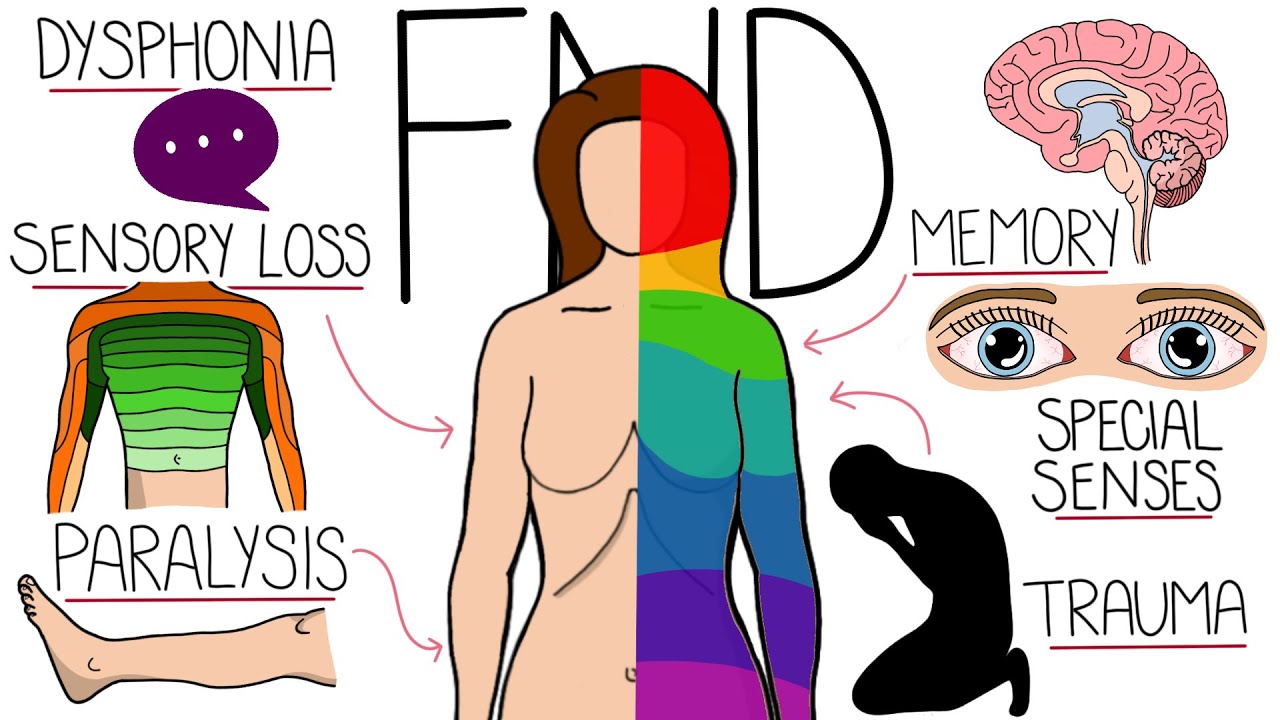The Neurology Channel
By Will Boggs, MD
NEW YORK (Reuters Health) – Patients with unresectable primary spinal sarcoma may benefit from carbon ion radiotherapy (CIRT), Japanese researchers say.
Compared with proton therapy, CIRT has fewer effects on normal tissue and releases maximum energy to the tumor, they wrote in a paper online August 12 in Cancer.
Dr. Reiki Imai from the National Institute of Radiological Sciences in Chiba and colleagues used CIRT in 47 patients with 48 unresectable spinal sarcomas and followed them for a median of 25 months.
The median for survival was 44 months. Eight patients had local failure; three developed local failure inside the irradiated field and five had marginal recurrences at the boundary between the spinal cord and the tumor. All local recurrences were in patients with tumors 100 cm³ or larger.
The five-year local control rate in this study (79%) is equivalent or superior to previously published results, the researchers note.
Recurrences were more common with irradiation doses below 64 GyE than with higher doses, but multivariate analysis did not identify any factors that affected local control.
Overall survival rates were 59% at 3 years and 52% at 5 years. Corresponding progression-free survival rates were 48% and 44%.
Seventeen patients developed distant metastases during follow-up, most commonly in the lung (12 patients) and bone (4 patients). The occurrence of metastases did not correlate with the development of local recurrence.
There were no fatal toxicities associated with treatment. Seven patients developed vertebral body compression inside the irradiated field (more commonly in those who received irradiation doses of 70.4 GyE or higher.
Twenty-two of 28 patients who were alive at last follow-up were able to walk without supportive devices. Median survival for this group was 35 months.
“This result indicates that CIRT is both safe and feasible, although 88% of patients had tumors located
Dr. U.K. Chang from Korea Institute of Radiological and Medical Science, Seoul, Korea, has studied radiotherapy for spinal sarcoma. Dr. Chang told Reuters Health, “In carbon ions radiotherapy, their greater relative biological effectiveness (RBE) associated with higher linear energy transfer leads to a greater possibility of local tumor control. Carbon ion radiotherapy appears to be both effective and safe as a treatment for patients who have unresectable spinal sarcoma. In particular, it will be beneficial for tumors with smaller volume (5 mm).”
Dr. Chang added, “A practical consideration is that heavier charged particles like carbon ions are more expensive to deliver than any other radiation device because of their substantially higher mass (12 fold for the case of carbon) and the higher energy cyclotrons and more powerful magnets need to accelerate and steer them.”
Dr. Imai did not respond to a request for comments on this report.
SOURCE: Impact of carbon ion radiotherapy for primary spinal sarcoma
Cancer 2013.







